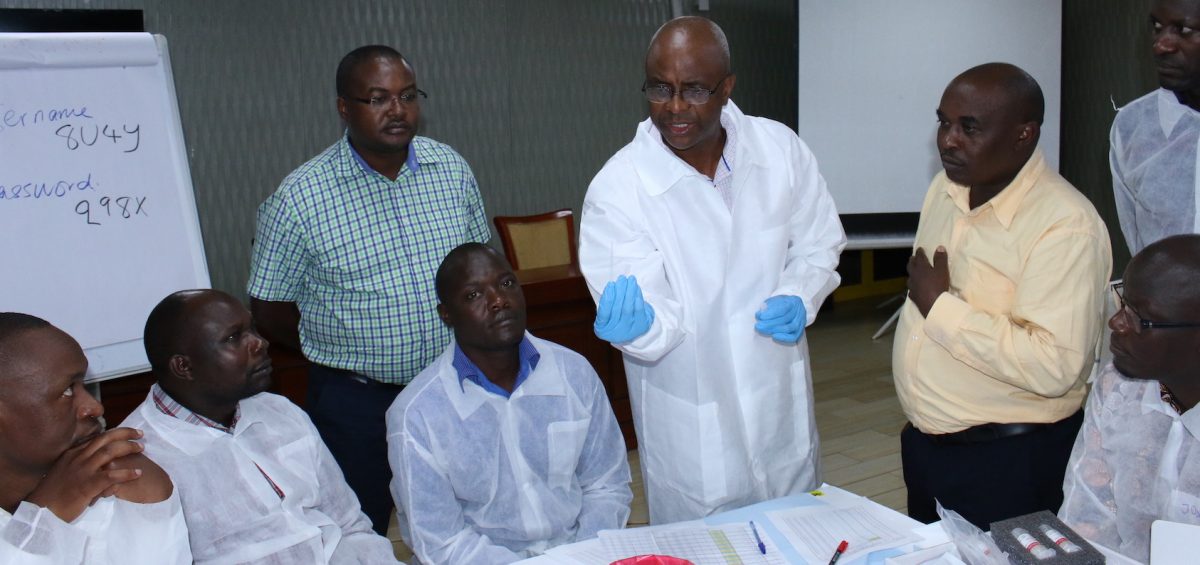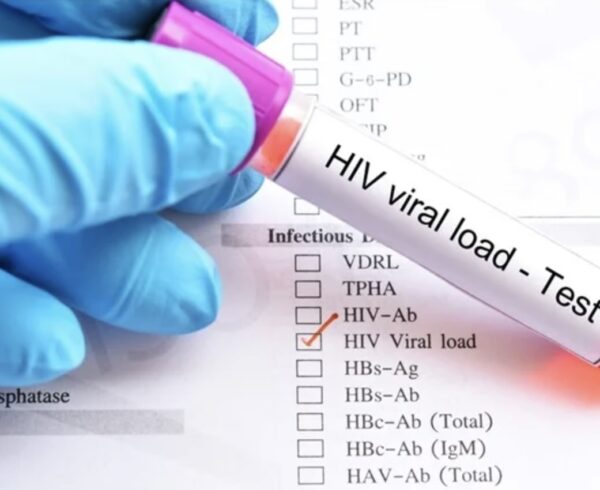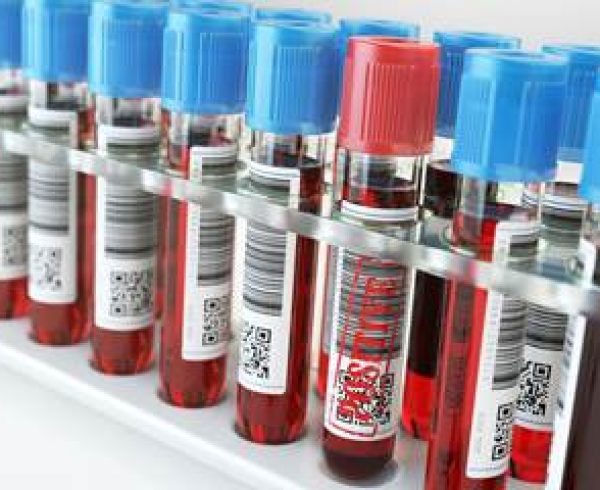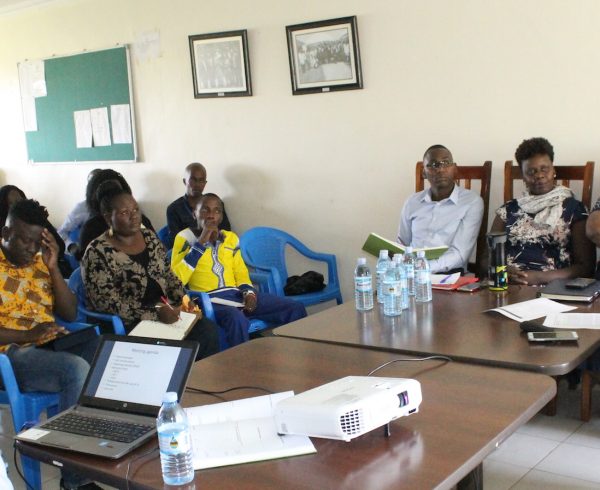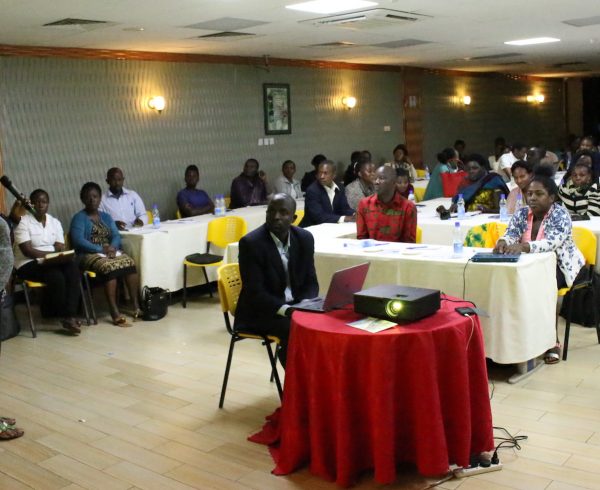HIV Recency testing is an Antibody-based test to distinguish recent from long-term HIV infection using antibody avidity (binding strength). METS in partnership with Ministry of Health (MOH), Uganda Virus research institute (UVRI) University of California San Francisco (UCSF) with funding from (PEPFAR) through CDC will support Districts and Implementing Partners to roll out Recency HIV testing across the country.
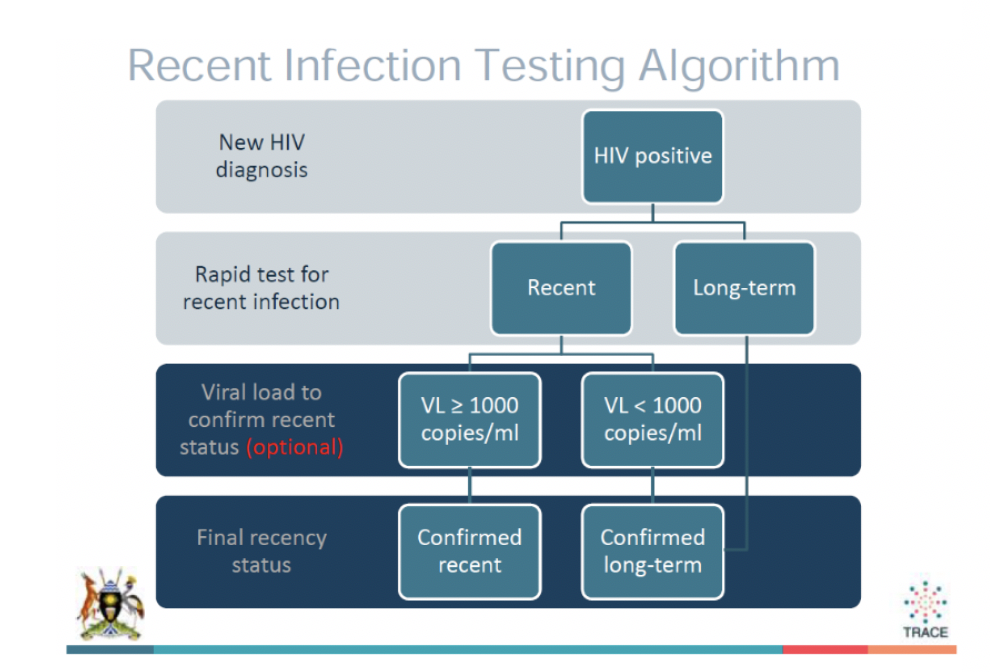 In Uganda HIV diagnosis will be done using the recommended national algorithm after which all newly diagnosed HIV Positive clients will be differentiated into Recent and Long-Term Infections using a rapid testing kit called Asante.
In Uganda HIV diagnosis will be done using the recommended national algorithm after which all newly diagnosed HIV Positive clients will be differentiated into Recent and Long-Term Infections using a rapid testing kit called Asante.
Rapid tests for recent infection (RTRI) pave the way for a recent infection surveillance system as part of routine HIV Testing Services (HTS) to detect and characterise recent infection among newly diagnosed HIV cases in persons aged 15 years and above. As countries move closer to reaching epidemic control, real-time monitoring of recent HIV infections will allow target public health response to sub-populations and locations where high levels of transmission may be occurring. In particular recent infection surveillance will help to:
- Describe trends of recent and long-term infections
- Identify risk factors
- Map hot spots
- Investigate transmission clusters
- Target testing and prevention services
National Training of Trainers
METS in partnership with MoH organised a national Training of Trainers (ToT) on 8-12 July 2019 to:
▷Practical exercises conducting the rapid test for recent infection and data entry
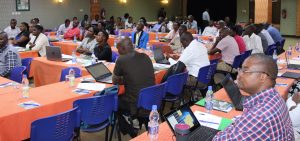
Participants at the National ToT
During the opening ceremony of the ToT, Dr. Wilford Kirungi from Ministry of Health noted that the ministry regarded the training as a critical step in epidermic control considering that it supports the last leg in the control efforts. He further noted that unique approaches, new energies and initiatives were required to achieve the last of the 90-90-90 goals. “Over 80% of clients have been diagnosed and enrolled while over 75% of those enrolled have attained viral suppression while 50% of the male population have been circumcised. This program will help the Ministry to know who is being infected (male or females), which parts of the country these infections are taking place, what age groups are most affected and what behavioural practices are increasing infections,” Dr. Kirungi added.
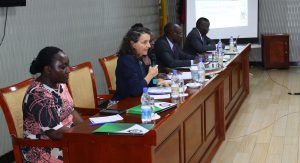
UCSF’s Rachel King emphasising the fact that the participants were tasked with being ambassadors of the training as they carried the responsibility of training their colleagues that were unable to come for the training across the country
In her remarks, METS Program Manager Evelyn Akello noted that METS role in this program included provision of technical assistance in training and mentoring health workers, strengthening information management systems, ensuring data use for practice improvement, inform public health responses as well as procurement of the kits.
Mary Naluguza from CDC called the attention of participants to the key issues of the training which were counselling, testing, data management and reporting as these were to support programmatic decisions across the country in epidermic control.
The ToT was attended by representatives from MoH, CDC, UCSF, Baylor Uganda , RHSP, IDI, MUWRP, RHITES-N, UNHLS, UVRI, EGPAF, District Health Teams
Implementation Plan
During implementation,
- Recency will be integrated into HTS and case-based surveillance through UgandaEMR (HMIS form 055b)
- Recency testing will be done at facility during routine HTS
- Client will provide a written consent with no return of results
- Plasma samples will be sent to UVRI for additional testing and storage in first six months, viral load for quality assurance to inform continued VL testing
- Data will be used for surveillance and public health response
Roll Out Plan
We plan to roll out in a phased approach as highlighted below;
Phase 1 (FY19):35 facilities in five districts in Mid-Western Region (Kabarole, Bunyangabo, Kamwenge, Hoima, and Kikuube), Mbarara, Kampala, and Wakiso where the UgandaEMR is functional.
Phase 2 (FY20):Scale nationally starting with high-volume facilities that have functional EMR systems.
Phase 3:Integration into the national HIV testing strategy, policy, and algorithm
Article by Dr. Godfrey Timbihurira and Nancy Karunganwa

